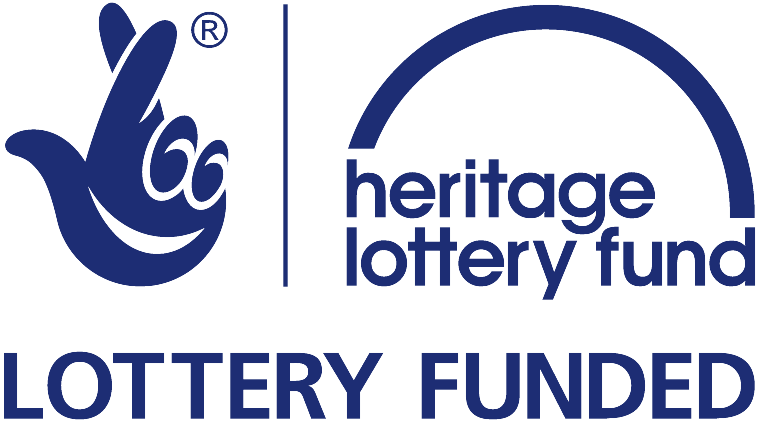We look forward to seeing you on the Boxford Big Dig 2016 in August and at any or all of the Roman Boxford Lecture Series 2016 – so please put these dates in the new diary that you found in your Christmas stocking! We have been lucky enough to secure some really great speakers for this coming year … … … .. and you won’t want to miss them when you read all about them – please see below! All lectures will be in Boxford Village Hall, Lambourn Valley Road RG20 8DD at 7.30pm.
We anticipate a high demand for places, so if you plan to come please RSVP your name to: parishcouncil@boxford.org.uk to secure a seat. Thank you.
10th February 2016 – Neil Holbrook -“The Villa in Roman Britain: Design, Evolution and Use.”
Neil gained a first class degree in archaeology from Newcastle University in 1984 before starting work in professional archaeology. He went straight from University to direct excavations on Hadrian’s Wall for English Heritage and spent a number of happy years developing a specialism in Roman archaeology whilst working in the North East. He moved on to Exeter Museum where he worked on Roman finds before being appointed Archaeological Manager at Cotswold Archaeology in 1991. In addition to his managerial duties Neil maintains his interest in Roman archaeology and continues to publish widely. He will be known to a wider audience through the popular Time Team TV programme.
He sits on a number of Committees, including the Federation of Archaeological Managers and Employers (formally SCAUM); the Archaeology Committee of the Roman Society and the Publications Committee of the Bristol & Gloucestershire Archaeological Society. He is also a Visiting Research Fellow in the Department of Archaeology at Reading University.
15th June 2016 – Sam Moorhead – Coin specialist at the British Museum – lecture title to be announced.
Sam Moorhead taught Classics and Archaeology for many years before joining the British Museum in 1997 as Staff Lecturer for Archaeology. He was on the team that made the award-winning Virtually the Ice Age website for Creswell Crags, and he produced a CD-Rom with Channel 4, Roman Journeys. Having worked in interpretation for galleries and exhibitions, such as Persia and Michelangelo for three years, he joined the Department of Britain, Europe and Prehistory in July 2006.
He has written about ancient and early mediaeval coins since publishing the Ackland Art Museum collection at the University North Carolina at Chapel Hill (1984). Since the early 1980s, he has published Roman coin finds from Wiltshire. This was to be the basis for his M.Phil thesis for the Insititute of Archaeology, University College London, in 2001. He worked on the excavations at Tel Jezreel (1992-6) where, in addition to working on the coins and the Roman to Umayyad periods, he assisted in the ceramic research which initiated the major reappraisal of Iron Age chronology in the Levant. He also worked with the University of East Anglia at San Vincenzo in the Molise and has published the coins from the villa site (1997).
Presently, he works as a numismatist on the UEA/Butrint Foundation excavations at Butrint in Albania where he is responsible for the ancient coins. Thousands of coins have been found on different parts of the site and he is currrently working on the nummus economy of the fourth to seventh centuries AD.
Sam is the Finds Adviser for Iron Age and Roman coins overseeing the recording and researching of Iron Age and Roman coins on the Portable Antiquities Scheme database: www.finds.org.uk
9th November 2016 – Julian Richards – lecture title to be announced.
Julian is a Wessex based archaeologist and broadcaster with a passion for Stonehenge.
From 1975 to 1980 Julian worked for the Berkshire Archaeological Unit, helping to build the County Sites and Monuments Record, excavating and carrying out a survey of the Berkshire Downs. This was where he had his first encounter with human burials, something that sowed the seeds for his Ancestors TV series nearly 25 years later.
In 1980 he was moved to Salisbury to work for the newly created Wessex Archaeology, spending the next decade running the ‘Stonehenge Environs Project’, a detailed study of Stonehenge and its surrounding landscape. This project contributed in a small way to several programmes about Stonehenge. In 1994 he left to work for English Heritage on their Monuments Protection Programme (the MPP). This took him back to his solitary fieldwork roots, inspecting and preparing reports on the protection of important archaeological sites in Wiltshire, Hampshire and the Isle of Wight.
However, shortly after starting work on the MPP he was asked to contribute to another TV programme, this one about how Stonehenge was built. This programme was centred around an ambitious experiment involving a full scale concrete replica of the tallest of the Stonehenge trilithons and led to a new idea for television that eventually became ‘Meet the Ancestors’.The first series of MTA was commissioned in the autumn of 1996 and he worked in broadcasting and writing until 2004 This involved seven series of ‘Meet the Ancestors’ (1998 – 2004), a five part series ‘Blood of the Vikings’ in 2000 and over 60 programmes in the series ‘Mapping the Town’ on Radio 4 (1999-2004). Since 2004 he has continued writing and broadcasting including the 2011 “Meet the Ancestors revisited”
